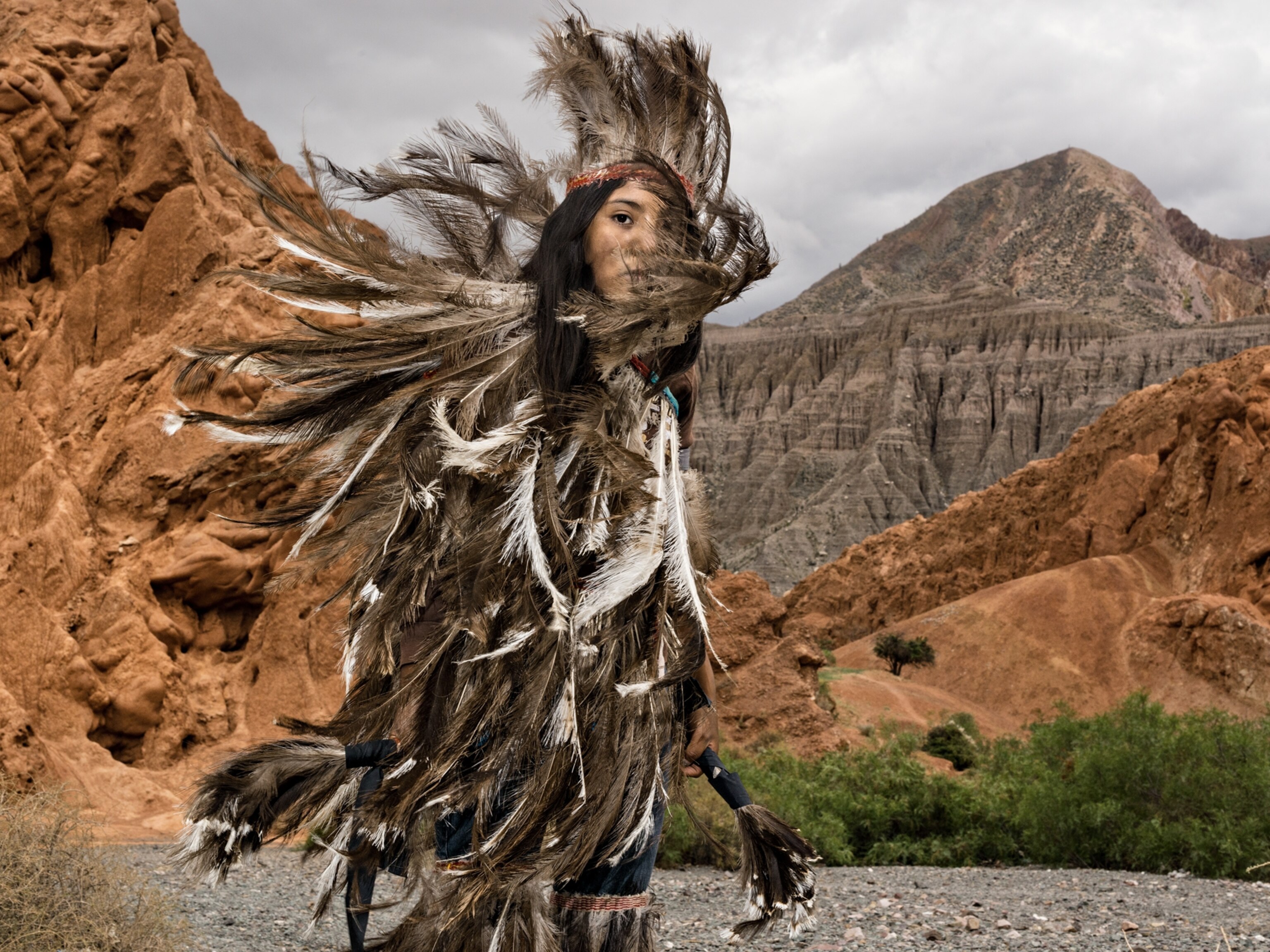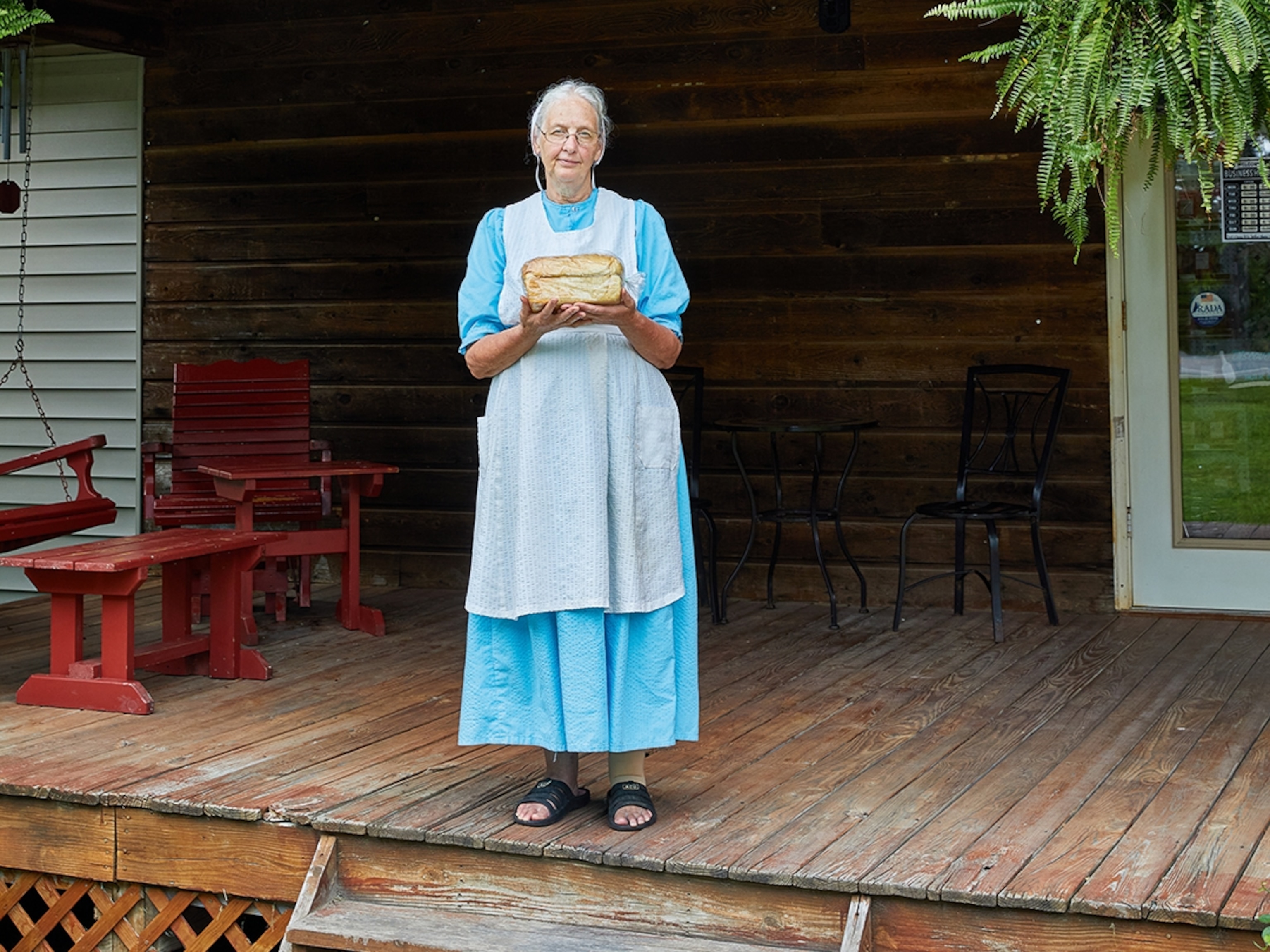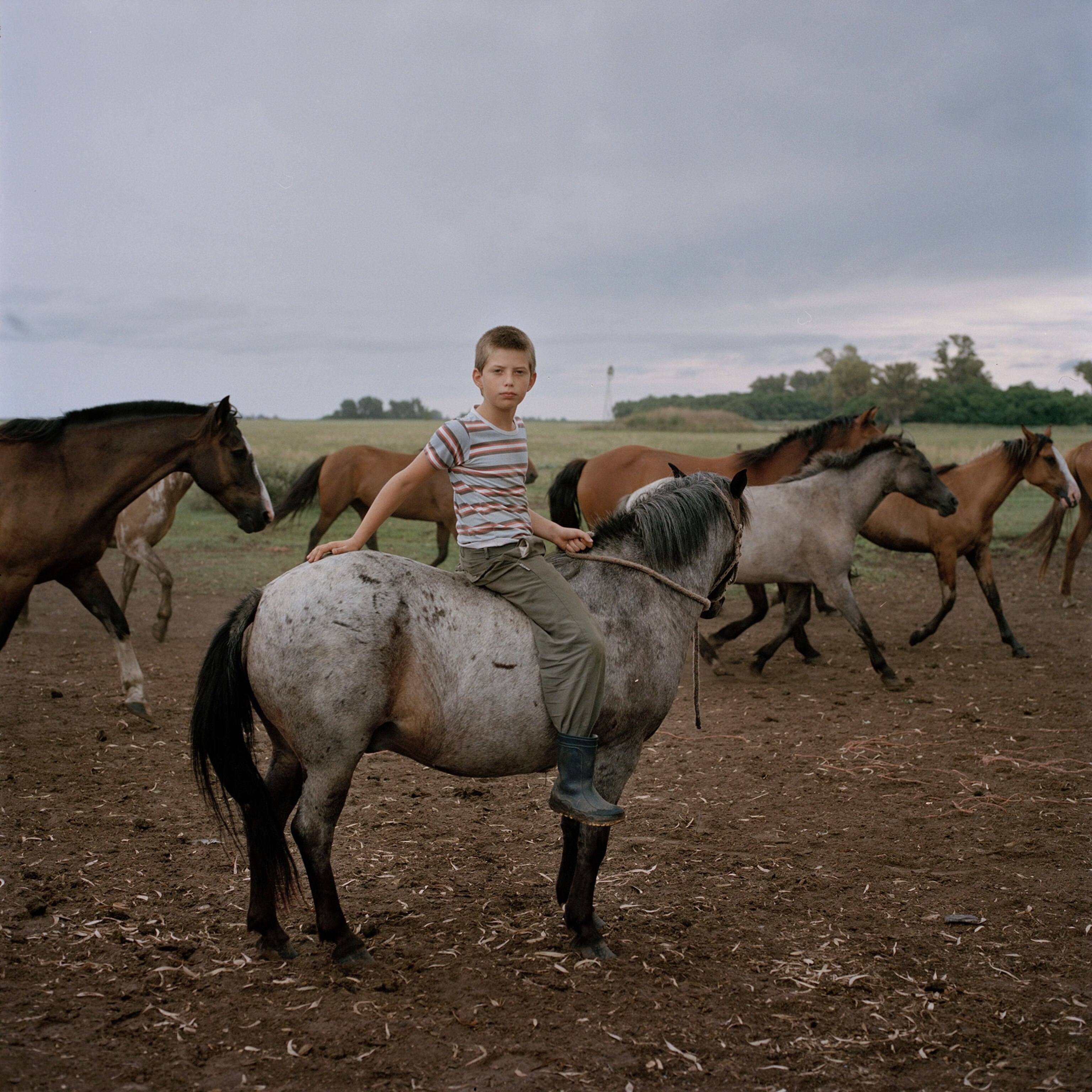
The Unseen Cost of Agriculture in Argentina
One photographer's journey to show how the large-scale production of soy, cattle, and wood, hits some communities especially hard.
The modern industrial food system, for all its wrinkles and blemishes, makes it fairly easy to know where your food actually comes from. If it's one of the elite foods in a supermarket, look at the sticker. Some growers stamp a code on fruit for eaters to identify the exact field of origin. On matters of corn, or one of the hundreds of foods that contain a derivative of corn, you have a 60 percent chance of guessing that it came from the United States or China.
But what about the other foods? The foods that aren't under the klieg lights, the ones used as ingredients or livestock feed or pulverized into powder or oil before they show up in your bread, crackers, or tuna salad? That's the story of soy, the world's seventh most abundantly grown food. You find it in dozens of products, from tempeh to soy sauce, but you'd have to look harder to know where it comes from.
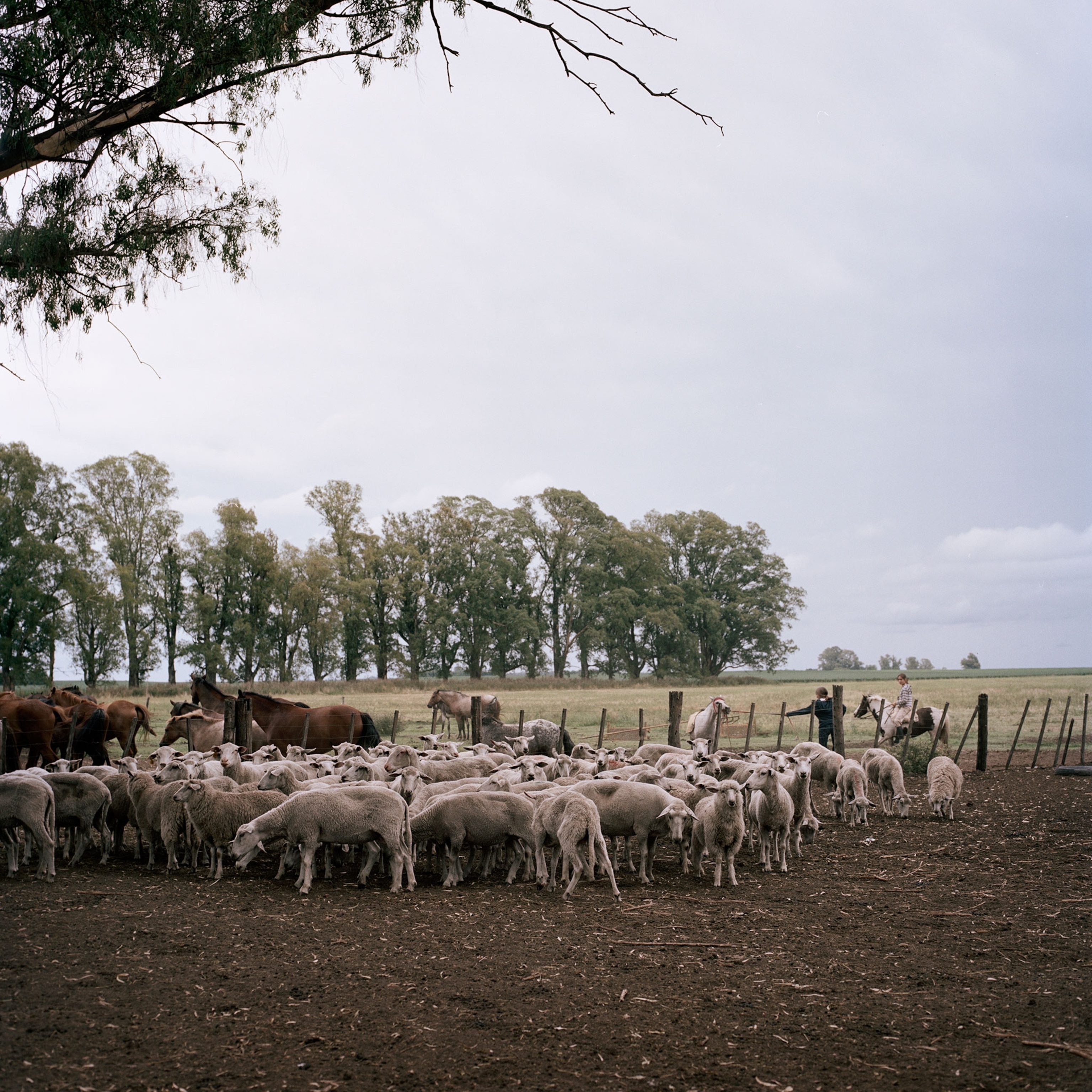
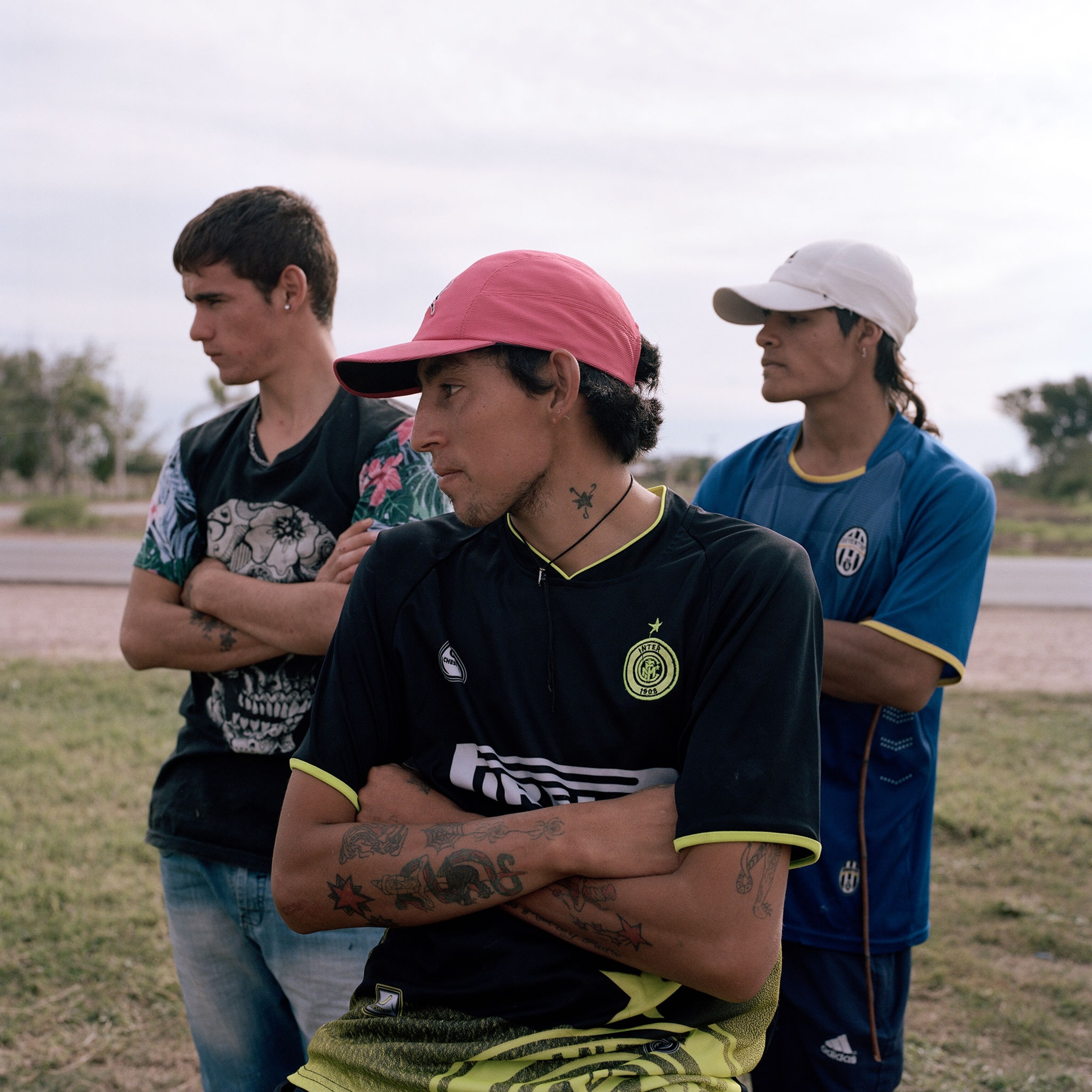
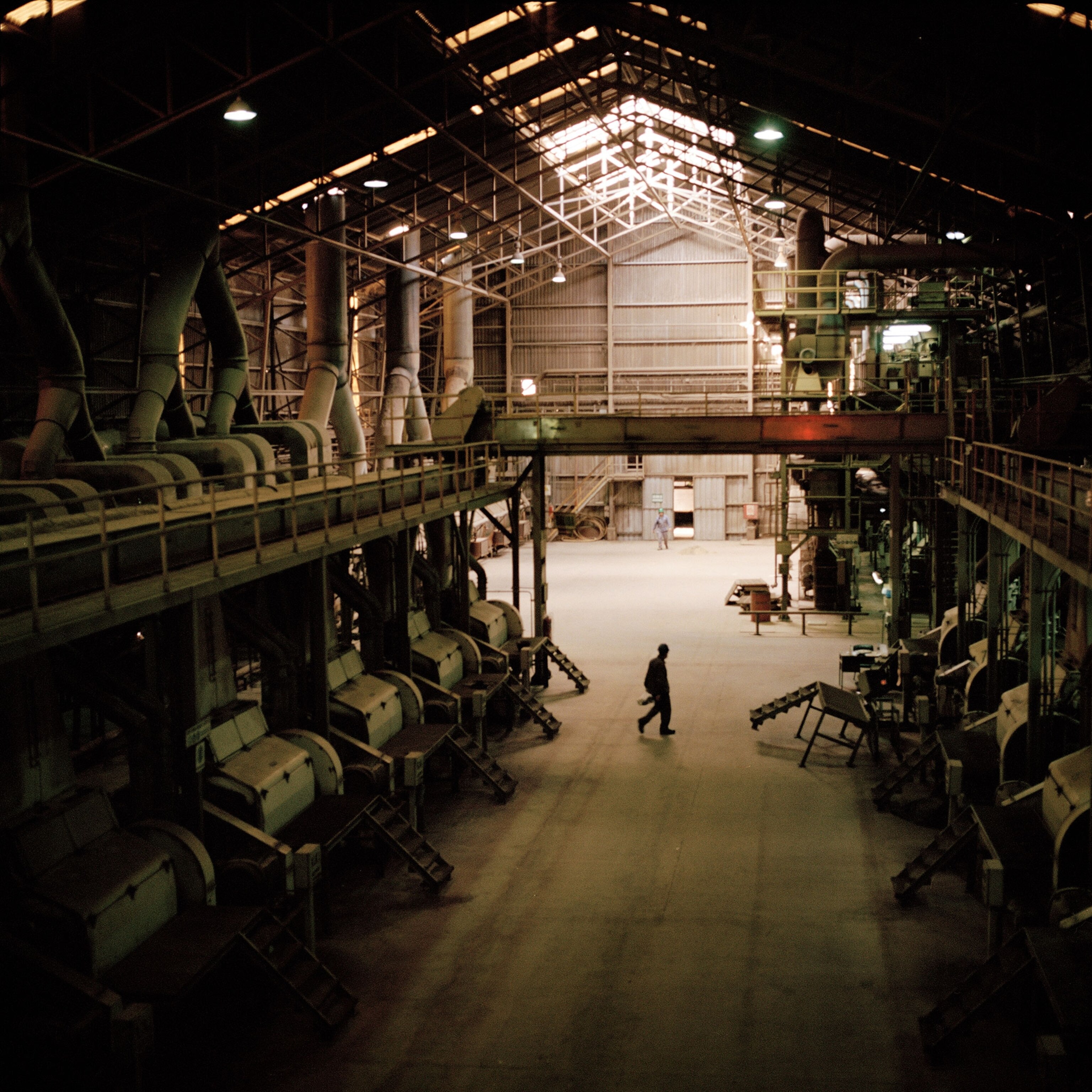
How does not knowing where a food comes from affect your choice to eat it? That's the question that captured the curiosity of Jordi Ruiz Cirera, a Spanish photographer who has spent three years traveling around South America to give soy and the uncharismatic workings of agriculture a face. "I want people to understand the implications of their consumer choices," he says. The quest has taken him from Paraguay to Argentina, and next he'd like to go to Brazil.
What all those countries have in common is soy. Enormous quantities of it. Brazil is the world's second-biggest producer, Argentina the third (the U.S. is first). Growing soy comes with consequences that Cirera wanted to see up close. The pesticides, the deforestation, migrations of farmers in search of better land, and communities emptied when fields dry up.

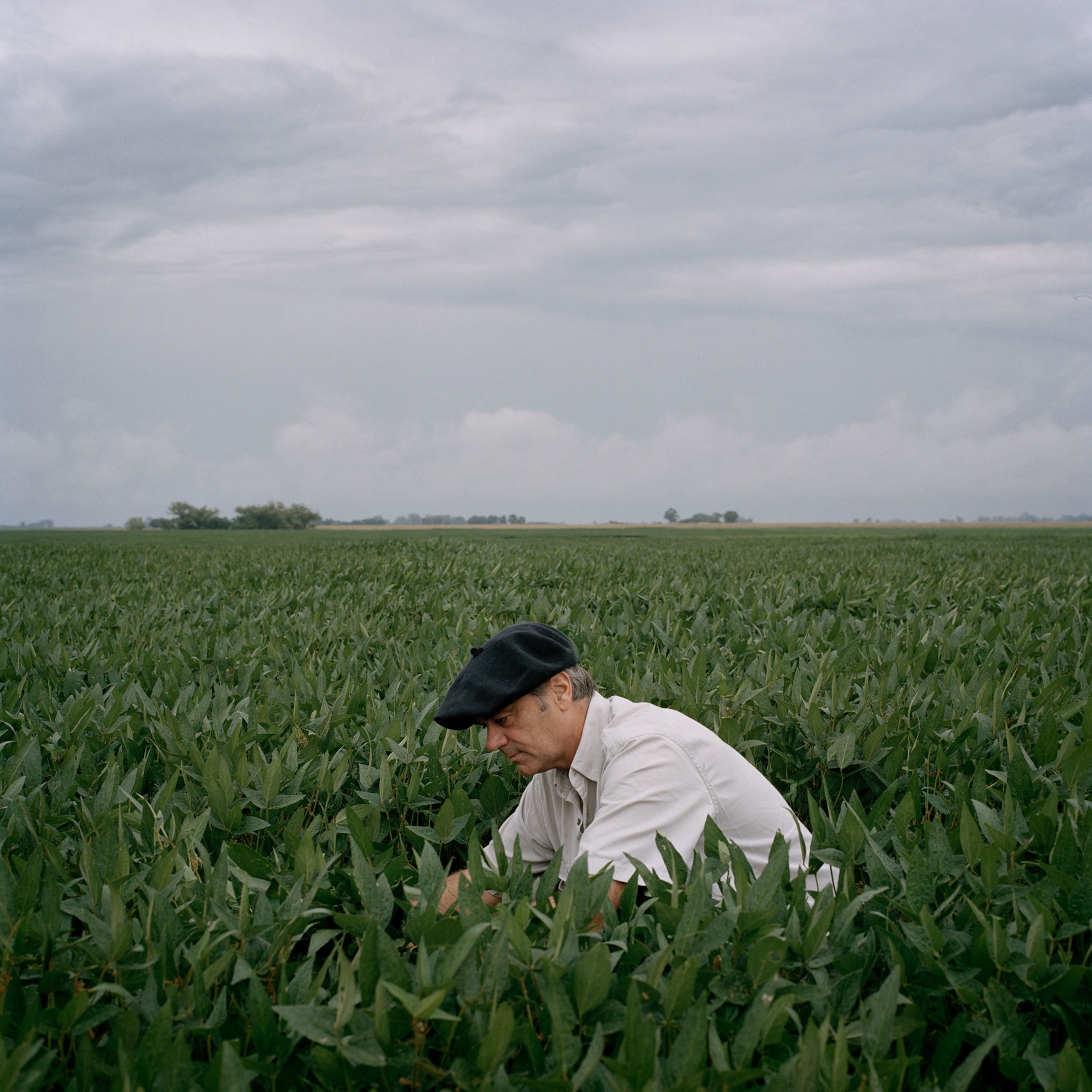
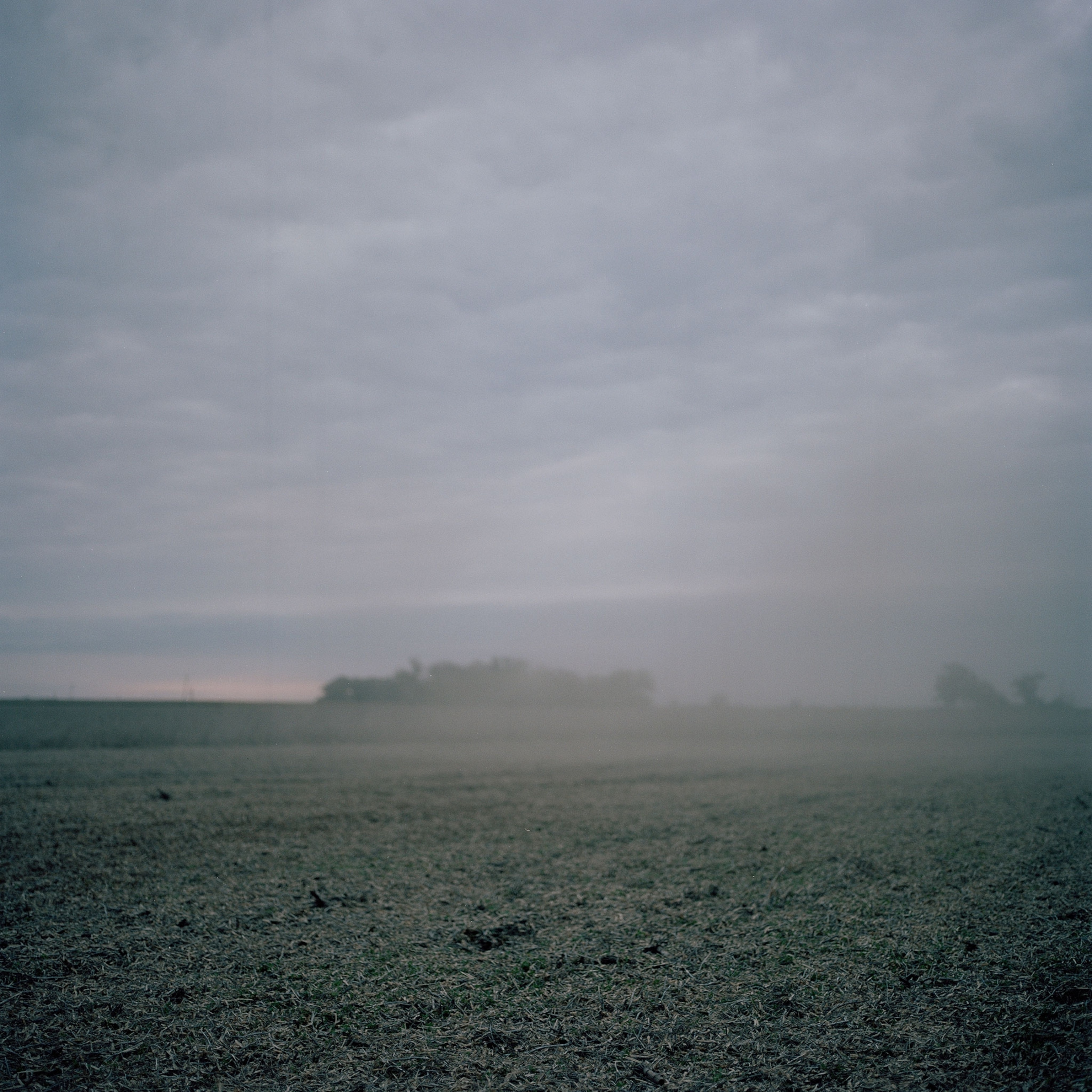

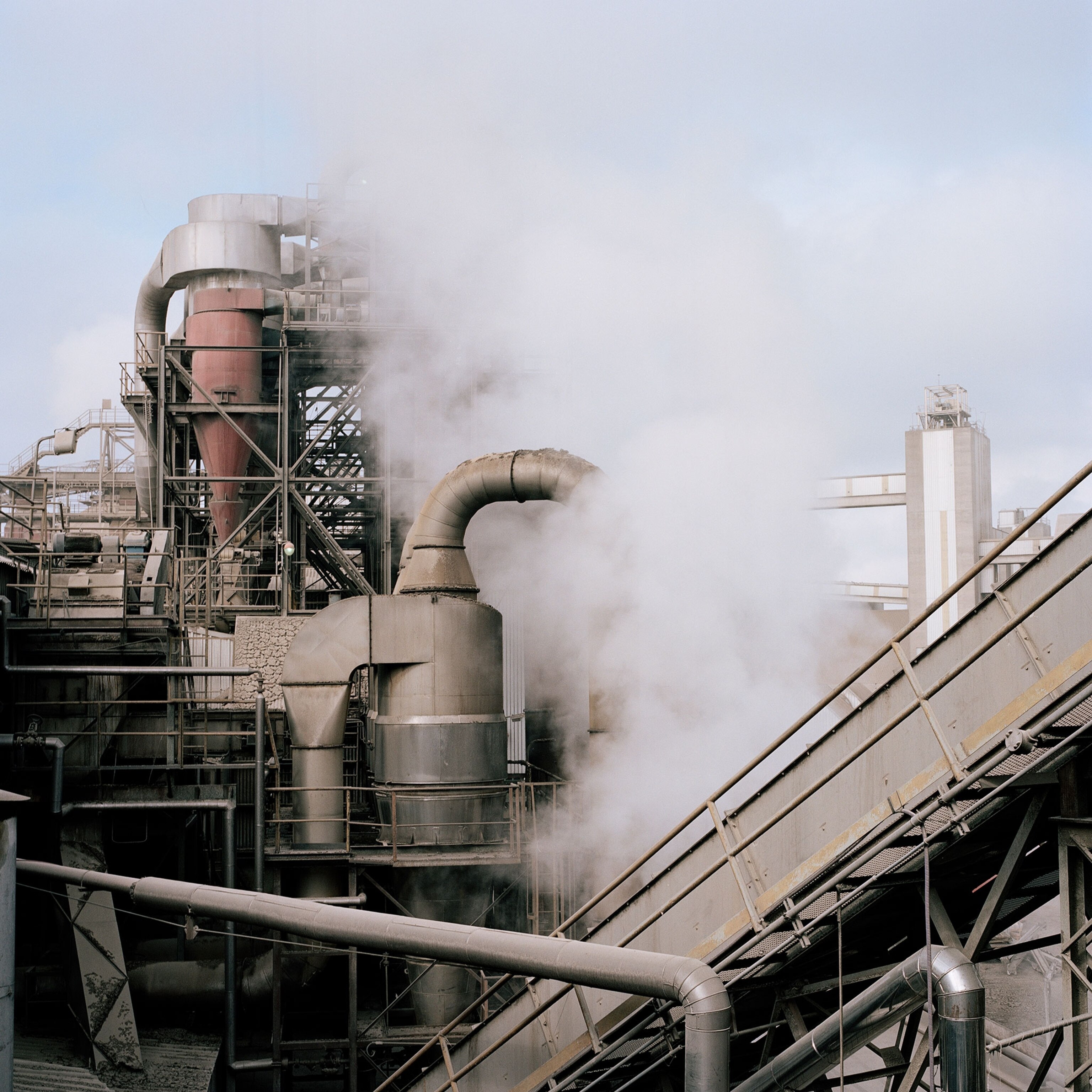
Cirera's latest series features his travels in Argentina. He met farmers who pointed to health effects they believed were caused by agricultural runoff. He talked with young people leaving in search of better options elsewhere. In Aviá Teraí, a village in Argentina's Chaco Province, he visited with kids born with malformations that parents attribute to the fumigating of nearby soy fields.
Agriculture tends to be the world's oldest NIMBY issue, Not in My Backyard. No one wants industrial strength fertilizers piling up near their homes or unknown chemicals in their drinking water. The poverty, unemployment, and hopelessness in Cirera's images are often the very reason that large agribusiness companies invest in areas with inexpensive land, inexpensive labor, and an agrarian economy of people who have farmed the land for generations. Cirera found that it tends to work in a cycle. "Since people are leaving, the land is being emptied, which quickens the pace of deforestation and farming, which is causing more people to leave."
Leaving is one way out. That's what some Paraguayan farmers once did, which brought them to Argentina. The next stop, some believe, could be Brazil, a larger nation largely on the rise. Of course people who have sick children don't spend much time thinking about global economics. But one of the things that makes a country richer is when its people no longer have to worry about what's in their water.
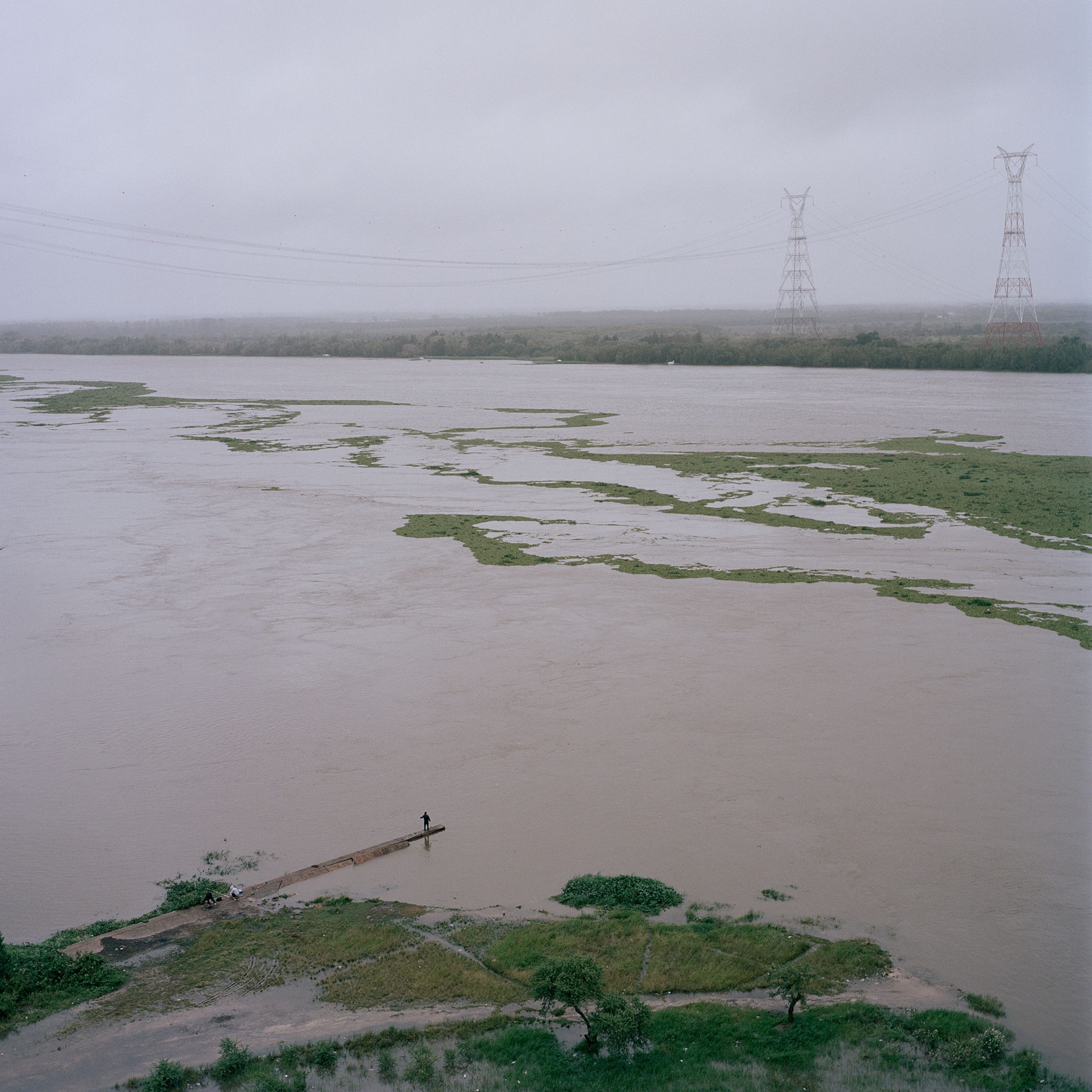

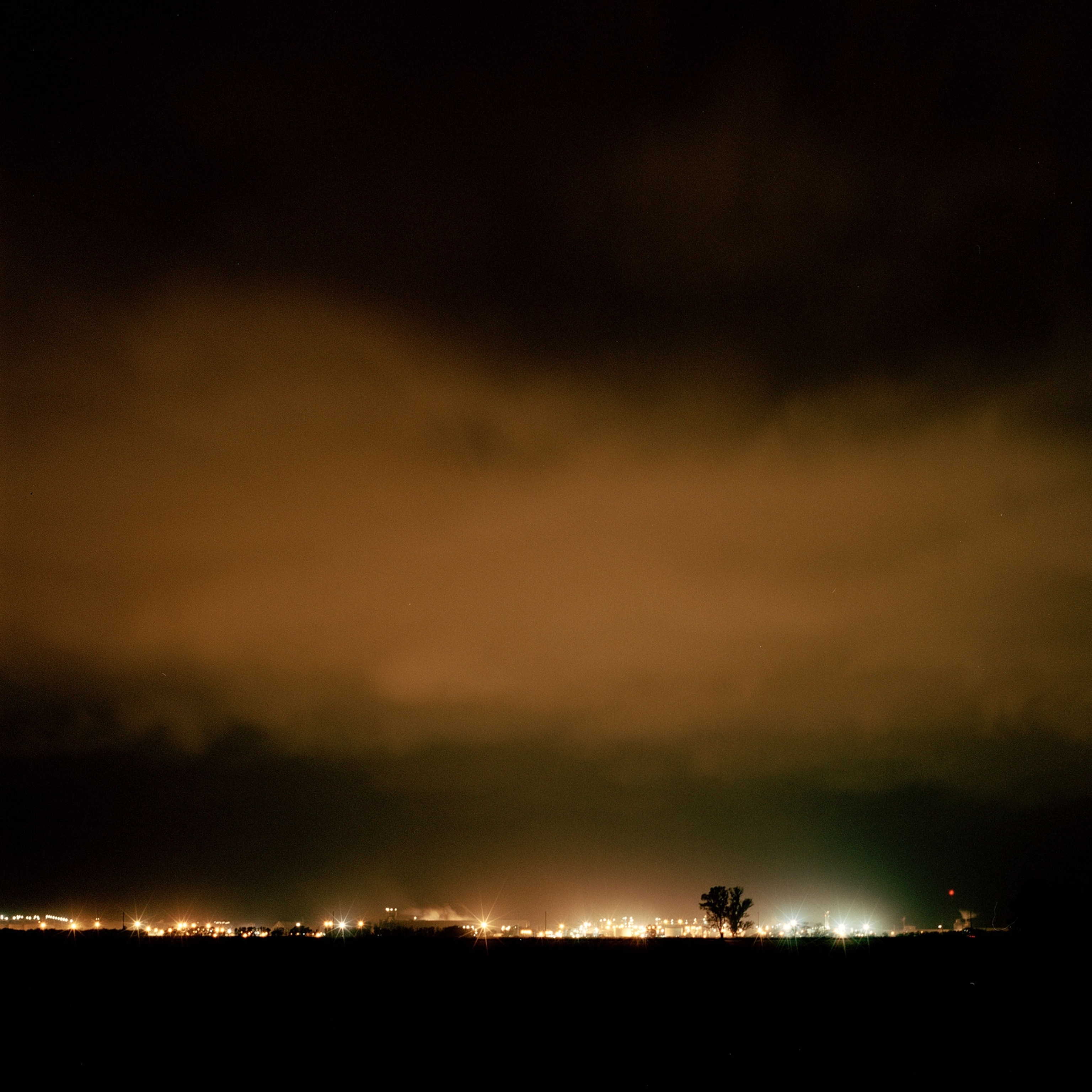
Jordi Ruiz Cirera's project "Bitter Pampas" was produced with support from the Magnum Foundation Emergency Fund. You can see more of Ruiz Cirera's website.

